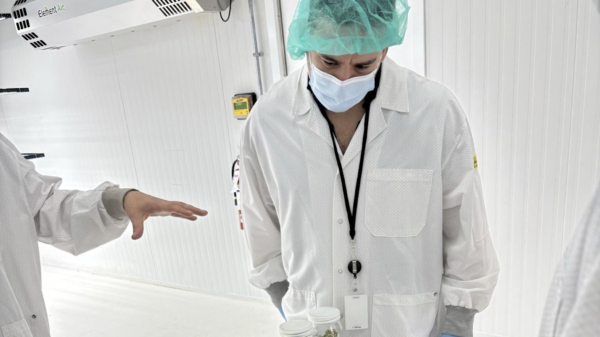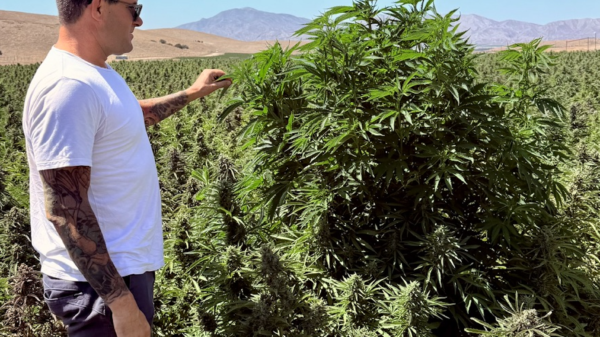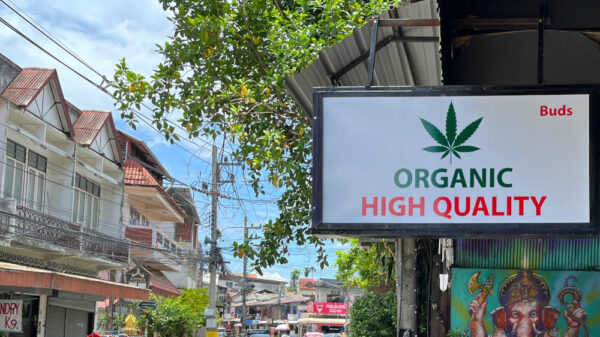From a human standpoint, the loss of 500 jobs in a single day is crushing news. From a business standpoint, Canopy’s decision to excise its indoor production could be the only logical move in competing against Canada’s illicit market.
On Wednesday, the world’s largest producer of cannabis — Canopy Growth Corporation (TSX: WEED and NYSE: CGC) — said it’s terminating operations at two B.C. greenhouses, which account for 3 million square feet of licensed growing space. It’s also cancelling plans to bring a third greenhouse online in Niagara-on-the-Lake, Ont.
In the statement, Canopy listed a slower than expected recreational market and the delayed addition of legislation to allow for low-cost outdoor growing as reasons for the shutdown.
Read more: Canopy confirms shutdown of 2 BC greenhouses, loss of 500 jobs
The move prompted industry veterans to wonder if the government could really be to blame for the massive cutbacks now facing major cannabis corporations.
However, to Brock University associate business professor Michael Armstrong, Canopy’s reasons for closing the greenhouses don’t come as a surprise.
“This year the legal industry needs to figure out how to produce products as good as the established illegal grower, at prices almost as low,” he told Mugglehead in an email. “Cutting back expensive indoor growing in favour of cheaper outdoor crops might be one part of their solution.”
If you think back two years ago, Armstrong says, you’ll remember that producers big and small were racing toward dominance in an industry with no established leaders. This lead to everyone expanding their capacities with the goal of being number one.
Now, each company is adjusting its capacity to fit the market share it actually got, rather than the share it hoped to get two years ago.
“And yes, that problem has been made worse by the legal market growing more slowly than hoped,” Armstrong said.
Armstrong attributes the lag, in part, to the slow retail expansion in the three biggest provincial markets: B.C., Quebec and Ontario.
Canadian cannabis retail store count (as of March 2):
Canada – 807
B.C. – 164 (52 "coming soon)
Alberta – 423
Saskatchewan – 41
Manitoba – 30
Ontario – 41
Quebec – 38
New Brunswick – 20
Nova Scotia -12
P.E.I. – 4
Newfoundland – 25
Yukon – 4
NWT – 5
Nunavut – Online— David George-Cosh (@itsdgc) March 2, 2020
While B.C. has expanded its count of legal retail outlets, Ontario is still lagging.
Because Ontario’s population of over 14.5 million is served by less than 50 stores, Armstrong says a big chunk of the Canadian market still isn’t accessible to producers. But he expects that to change this summer.
Legal sales have also been slowed by higher prices and lower quality.
“Except in Quebec, the big price difference between legal and illegal products has undoubtedly discouraged consumers from switching to legal products,” Armstrong said. “And we saw last year many anecdotal complaints that legal products did not satisfy consumers as well as the best black market products did.”
On the other hand, he points out that some of the problems have come from within the industry itself.
While producers were quick to set up greenhouses, they were slow in getting finished product out the door.
“Shipments of dry cannabis products to retailers didn’t start increasing until April 2019, and only caught up to legal demand later that summer. We are now going through a similar delay with beverages, which have been permitted since December but are still only trickling out to retailers.”
Top photo via Canopy Growth
nick@mugglehead.com
@nick_laba













